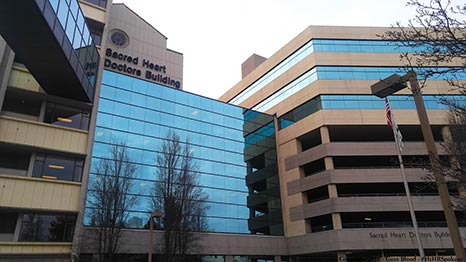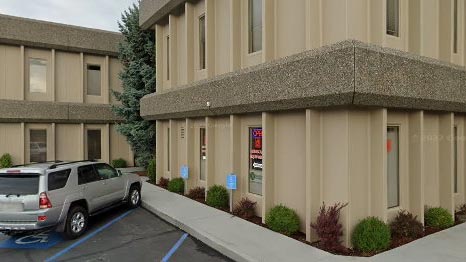We understand that every pregnancy is unique and therefore, every delivery is unique. Our experienced team is committed to providing you with personalized care and education regarding your delivery. Various childbirth options include vaginal delivery, cesarean section (C-section) and vaginal delivery after C-section (VBAC).
Vaginal Delivery
A vaginal delivery is a natural childbirth process where the baby is born through the birth canal. This method is often preferred due to its shorter recovery time and fewer surgical risks compared to C-sections.
Assisted Vaginal Delivery
Assisted Vaginal Delivery is a vaginal birth that is performed with devices to help the baby come through the birth canal. This can be vaginal forceps or a vacuum device. These devices are needed in about 3 percent of births. These devices are used only when necessary to help with the delivery of the baby. The advantage of using these devices in labor is that they can help avoid a possible Cesarean birth. There is a small risk with the use of vaginal forceps or vacuum, but the chance of complications is low. Our physicians will work closely with you to keep you informed if an assisted vaginal delivery is needed. We are committed to your safety and the safety of your baby during the birthing process.
Forceps are two large spoon looking devices that are carefully placed around the fetal head with help guide the head out of the birth canal.
A vacuum device is a suction cup placed on the top of the fetal head. With gentile traction the vacuum device helps bring the baby’s head out of the birth canal while the mother pushes.
Cesarean Section
In some cases, a C-section may be recommended for the safety of you and your baby. This surgical procedure involves making an incision in the abdominal wall and uterus to deliver the baby. Our expert team is well-equipped to perform C-sections when necessary, prioritizing your health and the well-being of your child.
Some reasons for a cesarean delivery include
Failure of Labor to Progress: when the uterine contractions are not enough to completely dilate the cervix preventing vaginal birth.
Safety of the baby: When the baby is under stress from possible compression of the umbilical cord or a change in the heart rate of the baby signaling distress, a C-section may be recommended.
Placental problems: If you placenta is too close to the cervical opening a C-section is necessary to prevent complications.
Breech presentation: This is when the baby is not head down.
Other medical conditions: There may be other medical conditions that make a vaginal delivery too risky and a C-section is recommended for mother or baby’s safety.
During a C-section you are given an epidural or spinal block to numb your lower body for the procedure. An incision is made in the lower pelvic area. The baby is delivered through this incision. You will have internal stitches that will dissolve with in six to eight weeks. Most often you are able to hold the baby right away.
The hospital stay after a C-section is generally 2-4 days. When home, you will need to take special care of yourself and limit your activities to help your body heal. We recommend you have a clinical visit to check your incision and your healing 2 weeks after your c-section.
Vaginal Delivery After C-Section (VBAC)
For mothers who have previously undergone a C-section, a Vaginal Delivery After C-Section (VBAC) can be a viable option for subsequent pregnancies. Our medical professionals are experienced in managing VBACs, providing you with the support, guidance, and monitoring needed to make this choice safely and confidently. We’ll work closely with you to assess whether VBAC is a suitable choice based on your medical history and individual circumstances.
A VBAC should take place in a hospital setting so we can manage risks and complications that may arise. The biggest risk of a VBAC is a rupture of the previous c-section scar. This is a rare complication but is very serious and sometimes life threatening.
At our OBGYN practice, we prioritize informed decision-making and open communication. Our team is committed to helping you make the childbirth choice that aligns with your preferences and health needs. Feel free to reach out to us with any questions or to schedule a consultation to discuss your childbirth options further.


